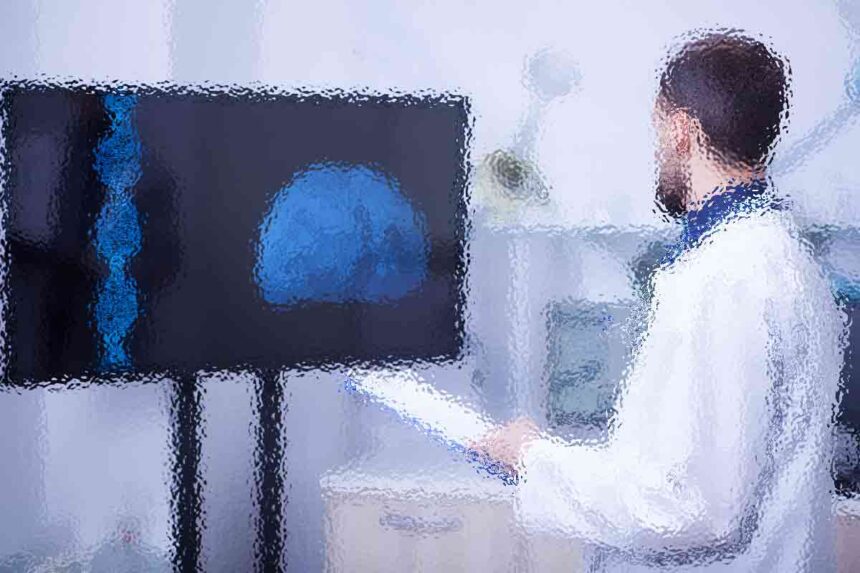In an era where technology is deeply embedded in our daily lives, its influence extends beyond convenience and efficiency, touching various aspects of our physical health. From the rise of sedentary lifestyles to advancements in medical care, technology has a profound impact on our well-being. This article explores the multifaceted effects of technology on physical health, examining both the positive and negative aspects.
The Positive Impacts of Technology on Physical Health
1. Improved Medical Diagnostics and Treatment
One of the most significant benefits of technology is its role in advancing medical diagnostics and treatment. Modern imaging techniques such as MRI, CT scans, and ultrasounds have revolutionized the way diseases are diagnosed and monitored. These technologies enable early detection of conditions, leading to more effective treatments and improved patient outcomes.
2. Enhanced Health Monitoring
Wearable technology, including fitness trackers and smartwatches, has empowered individuals to monitor their health in real-time. These devices can track various metrics such as heart rate, sleep patterns, physical activity, and even blood oxygen levels. By providing actionable insights, they help users make informed decisions about their health and encourage proactive lifestyle changes.
3. Access to Health Information
The internet and digital platforms offer unprecedented access to health information and resources. Online medical databases, health apps, and telemedicine services allow individuals to seek information, consult healthcare professionals, and manage their health remotely. This increased access to information can lead to better health literacy and more informed health decisions.
4. Advances in Rehabilitation and Physical Therapy
Technology has transformed rehabilitation and physical therapy through the use of advanced equipment and virtual reality (VR) systems. VR and interactive rehabilitation tools offer immersive and engaging exercises that can improve recovery outcomes for patients with injuries or chronic conditions. Additionally, robotic-assisted therapy and wearable exoskeletons provide support and enhance physical rehabilitation efforts.
The Negative Impacts of Technology on Physical Health
1. Sedentary Lifestyle
One of the most concerning negative impacts of technology is the promotion of a sedentary lifestyle. Extended periods of sitting while using computers, smartphones, or watching television can lead to a range of health issues, including obesity, cardiovascular disease, and musculoskeletal problems. Prolonged inactivity disrupts metabolic processes and can contribute to poor posture and back pain.
2. Screen Time and Eye Health
Excessive screen time has been linked to various eye-related issues, commonly referred to as digital eye strain or computer vision syndrome. Symptoms include dry eyes, blurred vision, headaches, and neck or shoulder pain. The prolonged exposure to screens can also disrupt sleep patterns by interfering with the production of melatonin, a hormone that regulates sleep.
3. Poor Posture and Musculoskeletal Issues
Extended use of technology often involves poor posture, which can lead to musculoskeletal issues such as back pain, neck strain, and repetitive strain injuries. Poor ergonomics when using devices like laptops, smartphones, and tablets can exacerbate these problems, particularly if proper posture and workstation setup are not maintained.
4. Disrupted Sleep Patterns
The use of technology, particularly before bedtime, can negatively impact sleep quality. The blue light emitted by screens interferes with the production of melatonin, making it harder to fall asleep and reducing overall sleep quality. Poor sleep hygiene and disrupted sleep patterns can have cascading effects on physical health, including increased risk of obesity, diabetes, and cardiovascular issues.
Balancing Technology and Physical Health
1. Implementing Healthy Tech Habits
To mitigate the negative effects of technology on physical health, adopting healthy tech habits is essential. This includes taking regular breaks from screens, practicing the 20-20-20 rule (every 20 minutes, look at something 20 feet away for 20 seconds), and setting limits on screen time. Ergonomic adjustments to workstations and maintaining good posture are also crucial.
2. Encouraging Physical Activity
Integrating physical activity into daily routines is vital for counteracting the sedentary effects of technology. Incorporating exercise breaks, using standing desks, and engaging in regular physical activity can help maintain overall health and prevent the adverse effects of prolonged sitting.
3. Managing Sleep Hygiene
To improve sleep quality, it is advisable to limit screen use before bedtime and establish a regular sleep schedule. Using blue light filters on devices, maintaining a sleep-friendly environment, and practicing relaxation techniques can help improve sleep hygiene and overall well-being.
4. Leveraging Technology for Health Improvement
Technology can be a powerful tool for improving physical health when used thoughtfully. Utilizing health apps, fitness trackers, and telemedicine services can support healthy behaviors and provide valuable health insights. It is important to use technology in a balanced way that complements a healthy lifestyle rather than detracting from it.
Conclusion
Technology has a profound and multifaceted impact on physical health, offering both significant benefits and notable challenges. While advancements in medical diagnostics, health monitoring, and rehabilitation have revolutionized healthcare, the rise of sedentary behaviors, screen-related health issues, and disrupted sleep patterns present important concerns. By adopting healthy tech habits, balancing technology use with physical activity, and leveraging technology for health improvement, individuals can navigate the complex relationship between technology and physical health effectively. As technology continues to evolve, maintaining awareness and making informed choices will be key to ensuring it enhances rather than hinders our overall well-being.

